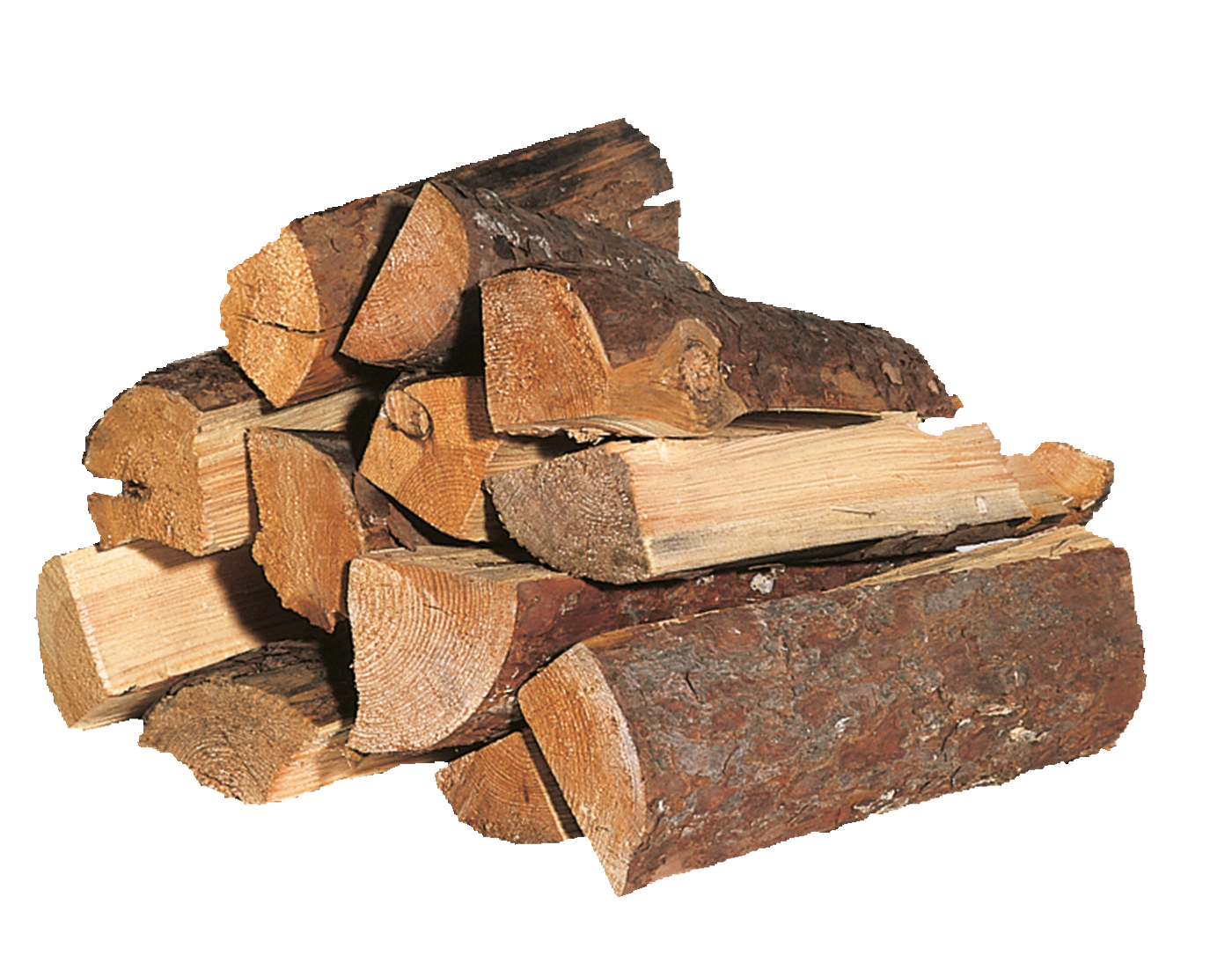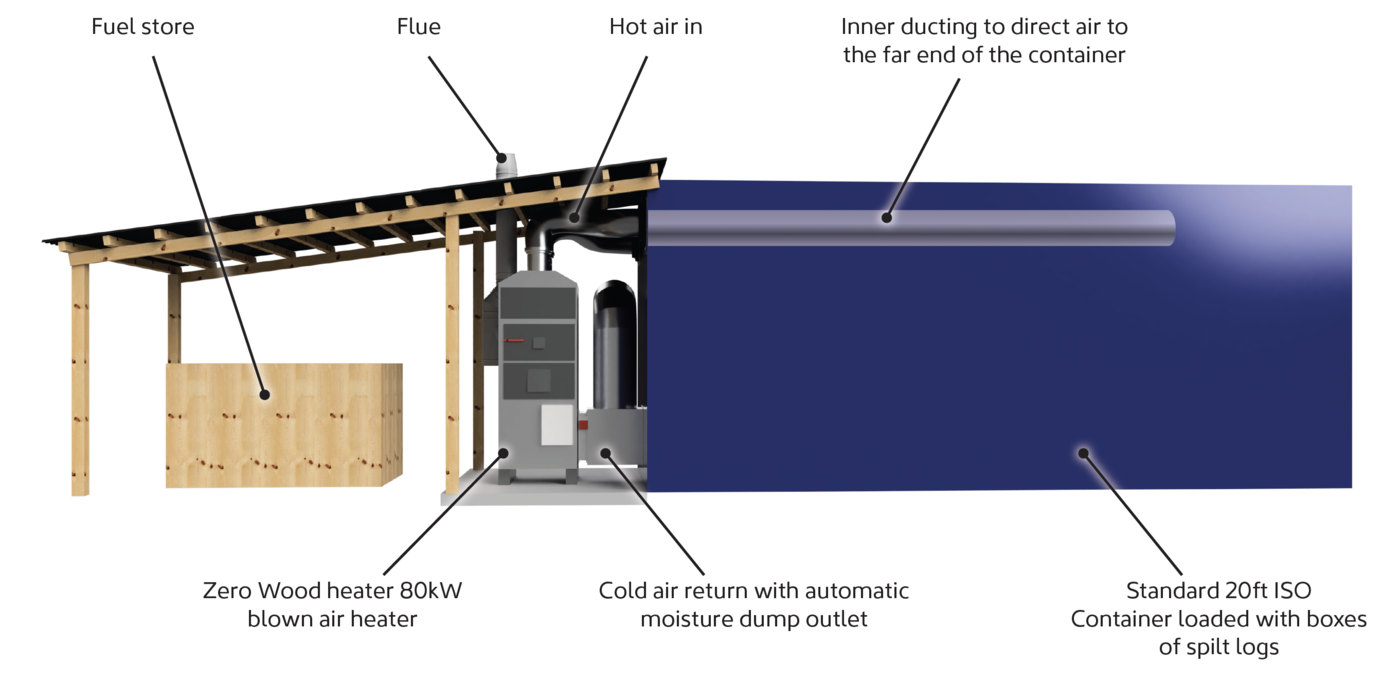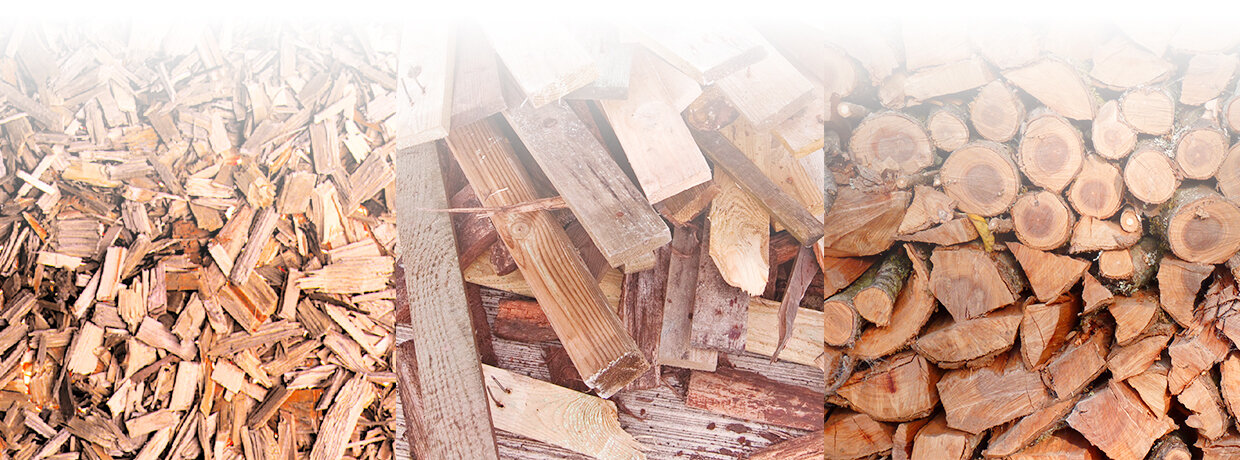Why Wood Fired Kilns
NATURAL DRYING takes a very long time, with significant investments in terms of capital and space, and increases the risk of serious deterioration to the wood (colour change, mould, warping, twisting etc.).
ARTIFICIAL DRYING provides the solution to many of those problems, to achieve reduced processing times; also, while investment costs are higher, this process ensures constant results and product quality able to meet all the demands and expectations of your clients.
Firewood is an excellent fuel increasingly required for heating homes, but to burn at its best it requires long natural drying times with the immobilization of important financial resources and storage space. In fact, in order to meet the demands of a market that increasingly tends to postpone the purchase of wood until the last minute, it is necessary to have dry wood but this is not always possible, for this reason our dryers are the ideal solution for rapid and economic drying of firewood or any other product that requires drying and to give greater guarantees of quality to your customers.


Our system example utilises a standard 20ft ISO container and, with minimum modifications, it can turn it into an efficient log drying machine. Almost any closed structure can be used. Existing buildings, larger container or containers attached to each other.
Simply by attaching a wood fuelled blown air heater to the of the container, which can blow heated air to temperatures of over 90oc, drying split logs quickly and efficiently.
The Zero Wood Heater sucks air from inside the drying chamber and then heats it and blows it into the top of the chamber.
- Total loss. We have many customers who produce heat which is pushed into the drying chamber and picking up moisture then allowed to leave to atmosphere via flaps or doors.
- Recirculation system. The heated air is allowed to recirculate. The heated air is blown into the drying chamber circulated then returned to the Zero Wood Heater creating a circuit.
Manual Control.
Using a manual lever the circulated air can be passed back through the heater or be expelled depending the end users choice.
Automatic Control (Zero Kiln Control)
Air returns to the heater. It is monitored for moisture content and when it reaches a given saturation point the air is redirected to waste. The heater draws fresh air from outside, until the sensor closes the vent and the air is circulated in a closed loop until it again reaches saturation point and the process starts again. This process drives moisture off the logs and periodically dumping it outside is a large energy saving tool. The system also includes an overheat sensor so if system gets too hot the system dumps heat until back within set points.

